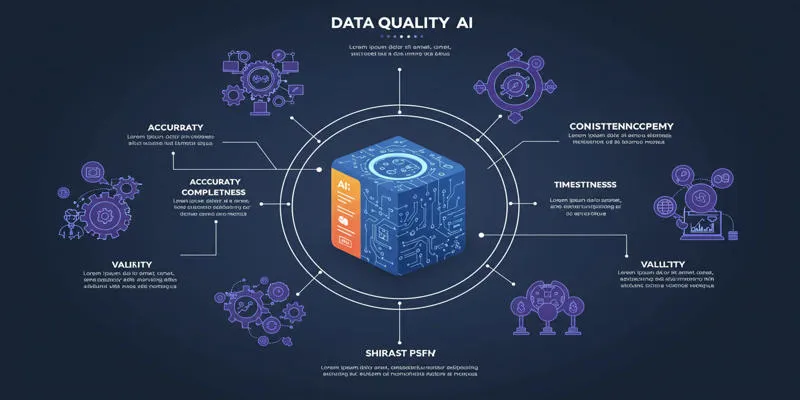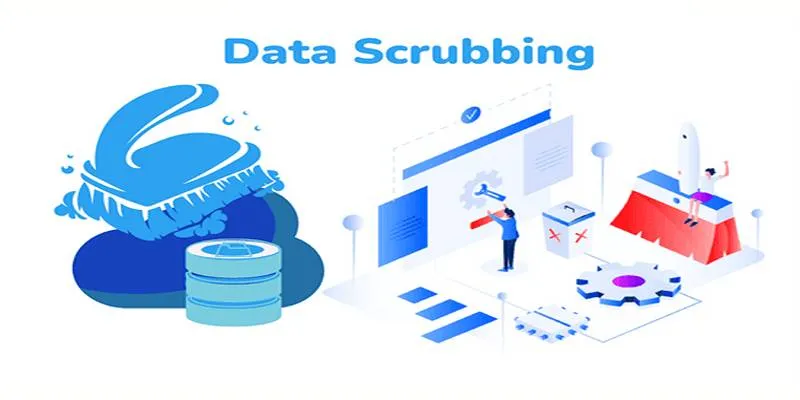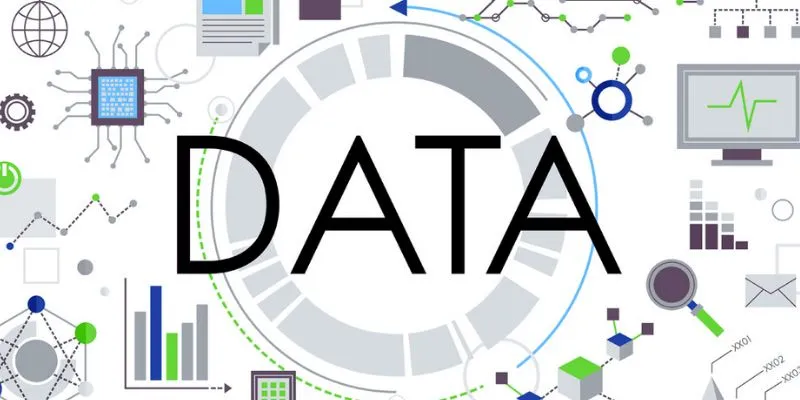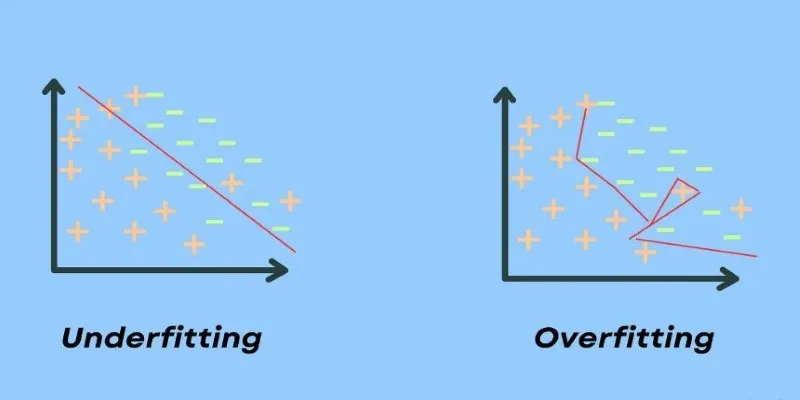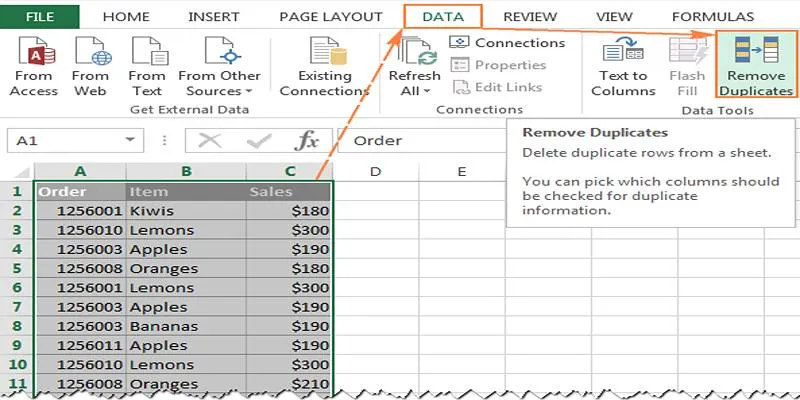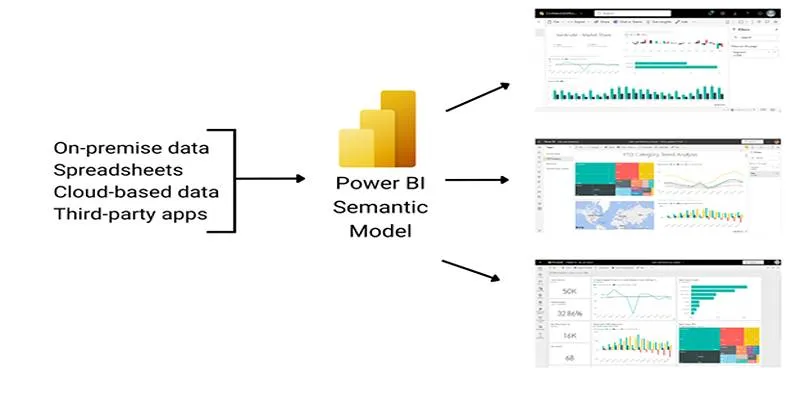Understanding data types is crucial when beginning your journey into data analysis. Data drives artificial intelligence (AI), statistics, and research, underpinning every significant finding or decision. Beginners often find the distinction between discrete and continuous data confusing. Simply put, discrete data refers to countable, separate values, such as the number of students in a class.
Continuous data, however, involves measurable values that can vary infinitely within a range, like height or temperature. Clearly recognizing these differences helps simplify your analytical approach, ensuring your results remain accurate and insightful. Let’s explore these essential categories further to enhance your foundational understanding.
Understanding Discrete Data Clearly
Discrete data consists of distinct, separate values. This type of data can be counted clearly but can never be split into fractions or smaller units. It naturally consists of whole numbers, like cars passing an entry gate, students in a classroom, or books on a shelf. With discrete data, every value is unique and clearly countable. Due to this, discrete data frequently occurs in situations where things can’t reasonably be divided, such as relatives or pieces of fruit in a basket.
Consider a straightforward example. Imagine you’re tracking the number of calls received in a day at a customer service center. You could count exactly 25, 30, or 42 calls, but you would never encounter 25.5 calls. Since you can’t have half of a call, discrete data remains precise and distinct. This makes discrete data well-suited for specific visual representations such as bar graphs or pie charts, where each distinct value can be displayed neatly and clearly without confusion or ambiguity.
Grasping the Idea of Continuous Data
Continuous data, as opposed to discrete data, consists of data points that can have any value within a range. You quantify this kind of data instead of counting it, with infinitely divisible values. Consider time, distance, weight, or temperature. Any of these can be measured to more and more precise levels—minutes and seconds, centimeters and millimeters, kilograms and grams, degrees and fractions of degrees.
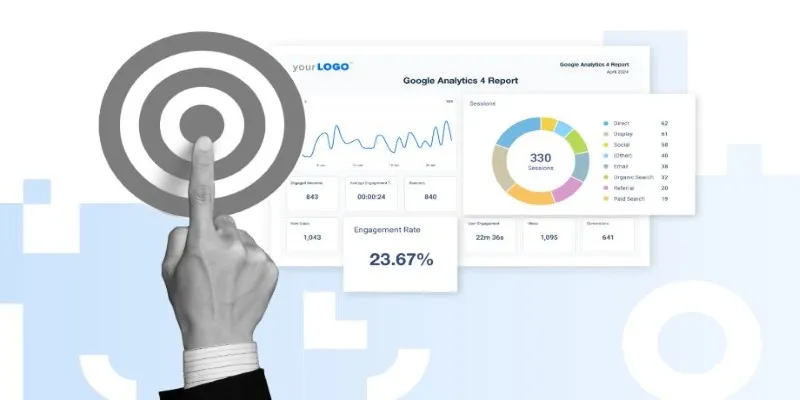
For instance, let’s consider measuring temperature. If you’re tracking the weather, you could record temperatures of 25°C, 25.1°C, or even 25.156°C, depending on the precision of your measuring instrument. Each reading can always be further refined, as there are infinite points between any two numbers on a scale. Continuous data gives you the flexibility to capture precise details that discrete data inherently lacks. Consequently, continuous data is typically visualized using histograms or line graphs, which elegantly capture the nuances and subtle shifts in data across intervals and scales.
How Discrete and Continuous Data Influence Your Analysis
Your choice between discrete and continuous data fundamentally impacts how you collect, analyze, and interpret your findings. Being clear about which type of data you’re working with will save you time, help avoid misinterpretations, and ensure that your statistical methods remain valid and meaningful.
When dealing with discrete data, analyses often involve counting methods and frequency distributions. Suppose you’re examining how many customers prefer a certain product. You would naturally present your findings as distinct categories or counts—perhaps noting that 50 out of 100 respondents chose Product A. Your conclusions here become straightforward and easy to understand, communicated simply and effectively using integers and clearly defined categories.
Conversely, continuous data analysis usually involves more complex statistical methods that acknowledge the fluid nature of measurement data. You might examine averages, medians, and variances, employing tools like standard deviation or regression analysis. For example, when analyzing body weights among athletes, you would calculate an average weight, recognizing that weights continuously vary, such as 72.5 kg or 68.3 kg. Precision matters significantly in these cases, directly influencing the validity and usefulness of your analysis.
Understanding these differences equips you to choose the right visualization techniques. Discrete data shines when displayed using pie charts and bar graphs, clearly showing discrete categories and exact counts. Continuous data, on the other hand, thrives with histograms and line graphs, effectively demonstrating subtle trends, variations, and distributions across measured intervals.
Common Mistakes to Avoid
When you’re just getting started, distinguishing discrete from continuous data can feel tricky, leading many beginners into common errors. Misclassifying data types may seem minor at first, but it significantly impacts your results, often leading to misleading conclusions.

One frequent oversight is incorrectly labeling continuous data as discrete. Take age, for example—it’s often recorded simply in whole years, making it seem discrete. However, age is inherently continuous because it can be measured in increasingly precise increments: months, weeks, days, or even minutes. Ignoring this subtlety might cause you to lose valuable detail and depth in your analysis.
On the flip side, mistakenly treating discrete data as continuous can introduce unnecessary complexity. For instance, consider counting visitors to a park. The visitor count naturally consists of whole numbers—never partial individuals. Using visualizations designed for continuous data, like histograms, could incorrectly imply fractional visitors and confuse readers.
By clearly understanding these differences, you’ll avoid these pitfalls, ensuring your data remains precise, your analyses accurate, and your conclusions trustworthy. Maintaining clarity about discrete and continuous data from the outset makes your analytical journey simpler and more rewarding.
Conclusion
Mastering the difference between discrete and continuous data is foundational for anyone embarking on the journey into AI, analytics, or research. Discrete data simplifies analysis through straightforward counting, offering clarity and simplicity. Continuous data, meanwhile, provides precision and depth, capturing nuances through measurement. Clearly distinguishing between these two empowers you to choose appropriate analysis techniques and visualization methods, enhancing accuracy and confidence. As you progress, this foundational clarity will become an invaluable asset, transforming how you perceive and interact with data, enabling deeper insights, and ensuring your conclusions are always robust and meaningful.
 zfn9
zfn9

